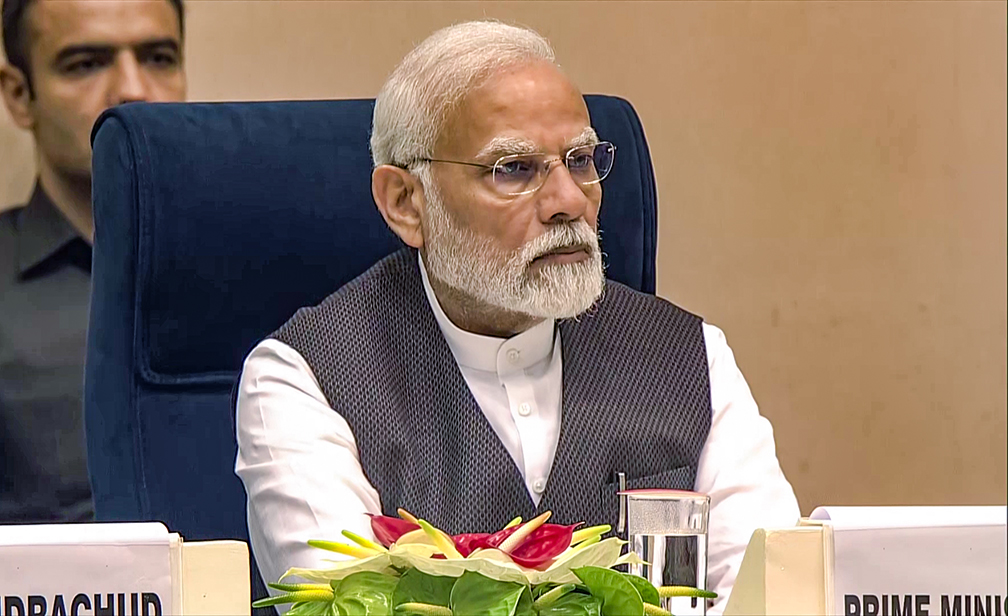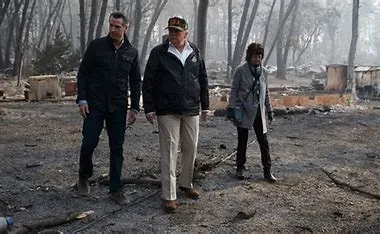Information dissemination plays a key role in any field; healthcare is no exception. However, this is an area that needs sharper focus in India where the population is diverse, educational levels differ widely and there is a maze of languages to wade through when it comes to communicating healthcare initiatives, policies and in informing and educating the stakeholders who can range from the media to the public, especially people who are in the rural areas and those at the very end of the pyramid.
Information dissemination is the targeted distribution of knowledge and evidence-based interventions to a specific audience. The goal is to spread knowledge to patients, healthcare providers and the public. Well-designed information strategies can better health outcomes.
Information dissemination is important because it helps people make informed choices and decisions.
It is especially important in the digital era where people are more autonomous than children and therefore have a greater need for information.
In India, communication plays a key role in achieving the pre-designed results in initiatives like Health4All (Universal Healthcare Coverage), preventive health and in making primary healthcare more proactive.
Dissemination of information and policies is essential to safe, transparent, effective, and efficient healthcare. It provides an essential link between research and policy.
One positive aspect is that healthcare communication is back in focus under the present government headed by Prime Minister Narendra Modi. The government has explored new and innovative communication tools to convey healthcare needs to the public.
What needs flagging here is the role played by Prime Minister Shri Narendra Modi himself.
For the first time in the world, a Prime Minister wielded the broom and swept pavements to convey the message of Swachh Bharat or the need for cleanliness – the first step to better healthcare.
This one initiative hit a chord among the public who, for the first time, realised the need for cleanliness, avoiding open defecation and contributing to the environment. The PM demonstrated that example is better than precept and this formed the very core of communication. He did not use words or speeches, but the way he conveyed the message through optics was a unique way of communication.
The same method was used to underscore the importance of Yoga in preventive health. The PM held his breath and executed simple yoga asanas in public and among school kids. The message was a perfect hit and very soon, the movement led to International Yoga Day declared by the United Nation.
The spark of information and knowledge ignited by the PM needs further spread.
Medical practitioners and researchers are often accused of being poor communicators. At a recent seminar, it was pointed out that doctors are poor listeners. Listening to patients and conveying the right information to the public would need constant reskilling.
Researchers have a major issue in communicating their path breaking research to the public.
They have a duty to inform the public in the language they understand about the research. In the US and other countries, researchers, scientists and doctoral scholars in the field of medicine hold Town Hall meetings with a cross-section of the public to brief them and answer their queries. Probably this could be adopted in India too since major research institutes are in the public sector.
One way forward is to include communication skills in CMEs and as part of the curriculum in medical colleges, Ayurveda colleges and at pre-doctoral levels.
Media is a key stakeholder in disseminating information to the public, especially in rural areas. But journalists covering health, medicine and healthcare policy matters need constant upskilling. This could be done through CHEs – Continuing Healthcare Education – on the lines of CMEs. HEAL Foundation is currently doing this by providing a platform where doctors, hospitals, policy-makers, pharma companies can interact with the media – print, electronic, digital and bloggers.
Social and digital media are fast exploding and here information can sometimes be distorted, confusing the public.
Here communication strategies need to be redesigned to first discredit misinformation and then presenting the right and credible facts.
The bottom-line is that correct and skilful communication is the key to better healthcare and should be considered to be a preventive ‘medicine’ against the fast-spreading virus of infodemic.
Dr Swadeep Srivastava is the Founder and CEO at Heal Health Group.

















